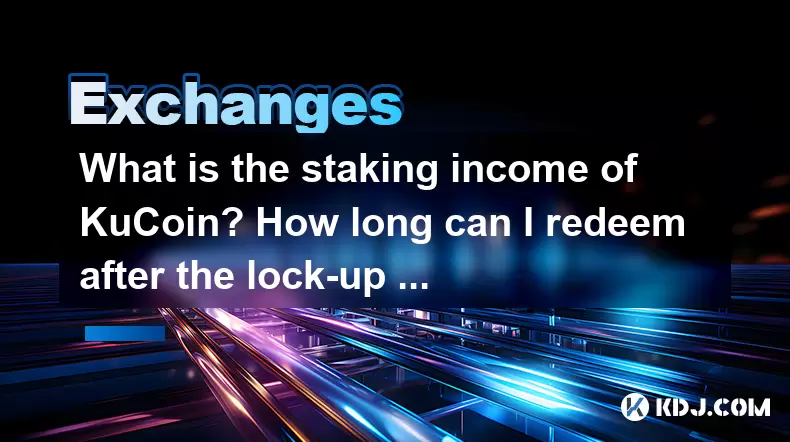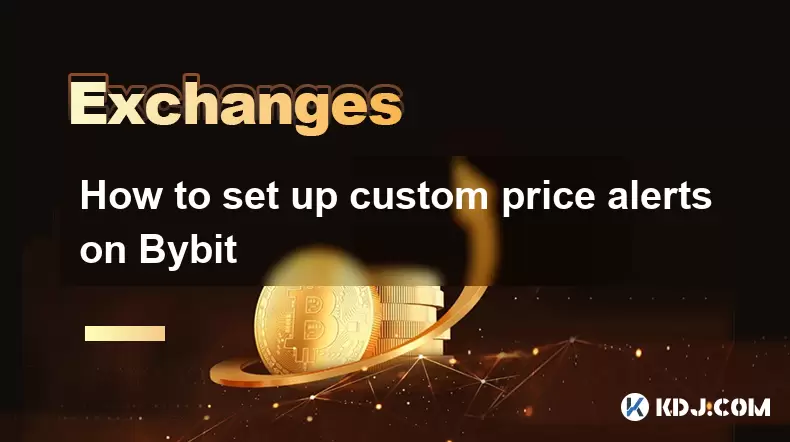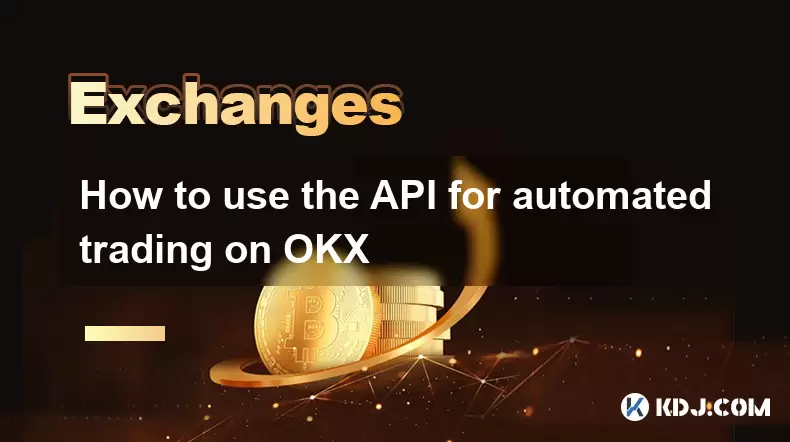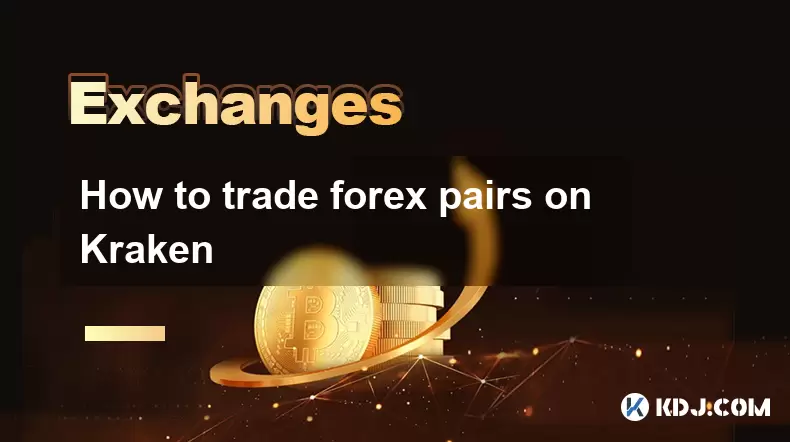-
 Bitcoin
Bitcoin $117300
1.99% -
 Ethereum
Ethereum $3884
5.89% -
 XRP
XRP $3.268
9.33% -
 Tether USDt
Tether USDt $1.000
0.02% -
 BNB
BNB $783.0
1.78% -
 Solana
Solana $173.6
3.51% -
 USDC
USDC $0.9999
0.00% -
 Dogecoin
Dogecoin $0.2193
7.00% -
 TRON
TRON $0.3380
0.30% -
 Cardano
Cardano $0.7769
5.08% -
 Stellar
Stellar $0.4350
9.36% -
 Hyperliquid
Hyperliquid $40.23
5.78% -
 Sui
Sui $3.739
6.95% -
 Chainlink
Chainlink $18.30
9.46% -
 Bitcoin Cash
Bitcoin Cash $581.7
2.11% -
 Hedera
Hedera $0.2577
5.51% -
 Ethena USDe
Ethena USDe $1.001
0.00% -
 Avalanche
Avalanche $23.08
4.23% -
 Litecoin
Litecoin $121.7
2.24% -
 UNUS SED LEO
UNUS SED LEO $8.962
-0.34% -
 Toncoin
Toncoin $3.332
1.36% -
 Shiba Inu
Shiba Inu $0.00001273
3.39% -
 Uniswap
Uniswap $10.35
6.84% -
 Polkadot
Polkadot $3.818
4.01% -
 Dai
Dai $1.000
0.01% -
 Bitget Token
Bitget Token $4.446
2.13% -
 Cronos
Cronos $0.1491
4.96% -
 Monero
Monero $255.4
-9.78% -
 Pepe
Pepe $0.00001099
4.80% -
 Aave
Aave $284.0
8.01%
What is the staking income of KuCoin? How long can I redeem after the lock-up period?
KuCoin offers staking for various cryptocurrencies with Flexible and Locked options; redemption after lock-up takes 24-48 hours.
May 15, 2025 at 05:28 pm

Staking has become an increasingly popular method for cryptocurrency holders to earn passive income, and KuCoin, a prominent cryptocurrency exchange, offers various staking options to its users. In this article, we will delve into the specifics of KuCoin's staking income, and address the important question of how long it takes to redeem your assets after the lock-up period. Understanding these aspects is crucial for anyone considering staking on KuCoin.
What is Staking on KuCoin?
Staking on KuCoin involves locking up your cryptocurrencies in a wallet to participate in the operation of a blockchain network. In return, you receive rewards, which can be in the form of additional tokens or transaction fees. KuCoin supports staking for a variety of cryptocurrencies, including popular ones like Ethereum (ETH), Cardano (ADA), and Solana (SOL), among others. Each cryptocurrency has its own set of rules and reward structures, which are determined by the underlying blockchain protocol.
Types of Staking on KuCoin
KuCoin offers two main types of staking: Flexible Staking and Locked Staking. Flexible Staking allows you to stake your assets without a fixed term, meaning you can withdraw your assets at any time, although the rewards might be lower compared to Locked Staking. Locked Staking, on the other hand, requires you to commit your assets for a specified period, which can range from a few days to several months. In return, you receive higher rewards due to the longer commitment.
How to Calculate Staking Income on KuCoin
Calculating your staking income on KuCoin involves understanding the Annual Percentage Yield (APY) offered for each staking option. The APY varies depending on the cryptocurrency and the type of staking you choose. For example, if you stake ETH in a Locked Staking pool with an APY of 5%, and you stake 100 ETH for a year, you would earn 5 ETH in rewards at the end of the period. However, it's important to note that APYs can fluctuate based on the network's performance and the number of participants in the staking pool.
To calculate your staking income manually, you can use the following formula:
- Staking Income = Staked Amount x APY x Time Period
For instance, if you stake 1000 ADA with an APY of 6% for 30 days, your staking income would be:
- Staking Income = 1000 x 0.06 x (30/365) = 4.93 ADA
KuCoin provides a staking calculator on its platform, which can help you estimate your potential earnings more accurately.
The Lock-Up Period and Redemption Process
When you opt for Locked Staking on KuCoin, you agree to a lock-up period, which is the duration your assets will be staked and cannot be withdrawn. The length of the lock-up period varies depending on the specific staking pool you choose. For example, some pools might have a lock-up period of 30 days, while others could require a commitment of 90 days or more.
Once the lock-up period ends, you can initiate the redemption process to withdraw your staked assets along with the earned rewards. The redemption process on KuCoin is straightforward and typically takes between 24 to 48 hours. Here’s how you can redeem your assets after the lock-up period:
- Navigate to the Staking section on the KuCoin platform.
- Select the staking pool from which you want to redeem your assets.
- Click on the 'Redeem' button next to the pool.
- Confirm the redemption and wait for the process to complete. You will receive a notification once your assets are available in your wallet.
Factors Affecting Staking Income
Several factors can affect your staking income on KuCoin. The choice of cryptocurrency is a primary factor, as different cryptocurrencies offer varying APYs. The type of staking you choose, whether Flexible or Locked, also impacts your potential earnings. Additionally, market conditions and network performance can influence the rewards you receive. For instance, if the network is experiencing high transaction volumes, the rewards might be higher due to increased demand for staking.
Tips for Maximizing Staking Income on KuCoin
To maximize your staking income on KuCoin, consider the following tips:
- Diversify your staking portfolio: By staking different cryptocurrencies, you can spread the risk and potentially increase your overall returns.
- Monitor APYs regularly: APYs can change, so it’s beneficial to keep an eye on them and move your assets to pools with higher yields when possible.
- Understand the lock-up periods: Longer lock-up periods usually offer higher rewards, so if you can afford to lock up your assets for an extended period, it might be worth considering.
- Stay informed about network updates: Changes in the blockchain protocol can affect staking rewards, so staying updated can help you make informed decisions.
Frequently Asked Questions
Q1: Can I lose my staked assets on KuCoin?
A1: Staking on KuCoin is generally considered safe, as the platform is responsible for managing the staking process. However, there is always a risk of network issues or smart contract vulnerabilities that could potentially affect your staked assets. It's essential to research the specific cryptocurrency and staking pool before committing your assets.
Q2: Are there any fees associated with staking on KuCoin?
A2: KuCoin may charge a small fee for staking, depending on the cryptocurrency and the type of staking you choose. These fees are typically deducted from your staking rewards, so it's important to review the fee structure before staking.
Q3: Can I stake multiple cryptocurrencies at the same time on KuCoin?
A3: Yes, you can stake multiple cryptocurrencies simultaneously on KuCoin. The platform allows you to manage different staking pools and track your rewards for each cryptocurrency separately.
Q4: How often are staking rewards distributed on KuCoin?
A4: The frequency of staking reward distribution varies depending on the cryptocurrency and the staking pool. Some pools distribute rewards daily, while others might distribute them weekly or monthly. You can find this information on KuCoin's staking page for each specific pool.
Disclaimer:info@kdj.com
The information provided is not trading advice. kdj.com does not assume any responsibility for any investments made based on the information provided in this article. Cryptocurrencies are highly volatile and it is highly recommended that you invest with caution after thorough research!
If you believe that the content used on this website infringes your copyright, please contact us immediately (info@kdj.com) and we will delete it promptly.
- Cold Wallet Crypto in 2025: The Future is Now, Ya'll
- 2025-08-08 05:10:13
- MAGACOIN, SOL, and ADA: A Tale of Shifting Tides in Crypto
- 2025-08-08 05:10:13
- SHIB Price, PEPE, and the Memecoin Supercycle: Who Will Reign Supreme?
- 2025-08-08 05:50:12
- Pudgy Penguins Price Prediction: Google Trends & Breakout Signals
- 2025-08-08 05:50:12
- UAE Crypto Regulation: SCA and VARA Unite to Streamline the Future of Digital Assets
- 2025-08-08 05:55:48
- MAGACOIN Finance: The Presale Phenomenon Rocking the Crypto World
- 2025-08-08 05:55:48
Related knowledge

How to use advanced trading on Gemini
Aug 08,2025 at 04:07am
Understanding Advanced Trading on GeminiAdvanced trading on Gemini refers to a suite of tools and order types designed for experienced traders who wan...

How to deposit USD on Bitstamp
Aug 07,2025 at 05:18pm
Understanding Bitstamp and USD DepositsBitstamp is one of the longest-standing cryptocurrency exchanges in the industry, offering users the ability to...

How to find my transaction ID on Gemini
Aug 08,2025 at 12:50am
Understanding the Transaction ID in Cryptocurrency ExchangesA transaction ID (TXID) is a unique alphanumeric string that identifies a specific transfe...

How to set up custom price alerts on Bybit
Aug 07,2025 at 04:31pm
Understanding Price Alerts on BybitPrice alerts on Bybit are essential tools for traders who want to stay informed about significant price movements i...

How to use the API for automated trading on OKX
Aug 07,2025 at 05:21pm
Understanding the OKX API for Automated TradingThe OKX API provides a powerful interface for users to automate their trading strategies, access real-t...

How to trade forex pairs on Kraken
Aug 07,2025 at 11:49pm
Understanding Forex Pairs on KrakenKraken is primarily known as a cryptocurrency exchange, but it also supports select forex pairs through its Kraken ...

How to use advanced trading on Gemini
Aug 08,2025 at 04:07am
Understanding Advanced Trading on GeminiAdvanced trading on Gemini refers to a suite of tools and order types designed for experienced traders who wan...

How to deposit USD on Bitstamp
Aug 07,2025 at 05:18pm
Understanding Bitstamp and USD DepositsBitstamp is one of the longest-standing cryptocurrency exchanges in the industry, offering users the ability to...

How to find my transaction ID on Gemini
Aug 08,2025 at 12:50am
Understanding the Transaction ID in Cryptocurrency ExchangesA transaction ID (TXID) is a unique alphanumeric string that identifies a specific transfe...

How to set up custom price alerts on Bybit
Aug 07,2025 at 04:31pm
Understanding Price Alerts on BybitPrice alerts on Bybit are essential tools for traders who want to stay informed about significant price movements i...

How to use the API for automated trading on OKX
Aug 07,2025 at 05:21pm
Understanding the OKX API for Automated TradingThe OKX API provides a powerful interface for users to automate their trading strategies, access real-t...

How to trade forex pairs on Kraken
Aug 07,2025 at 11:49pm
Understanding Forex Pairs on KrakenKraken is primarily known as a cryptocurrency exchange, but it also supports select forex pairs through its Kraken ...
See all articles

























































































